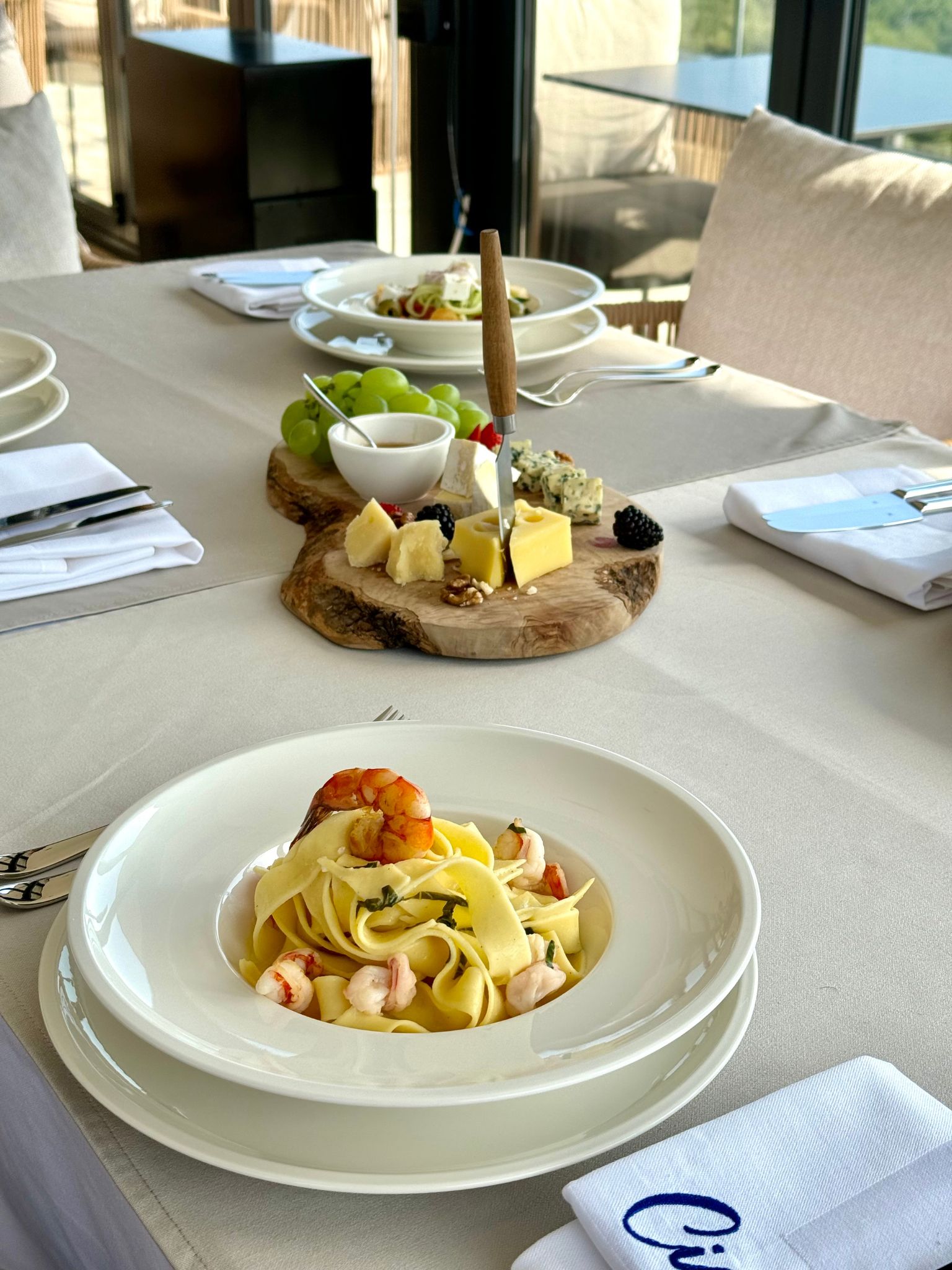The Chernobyl nuclear disaster in 1986 had a profound and long-lasting impact on seafood consumption in Europe and the Middle East. The radioactive substances released into the atmosphere as a result of the reactor explosion were spread over a wide area by winds and rain, and also seriously affected water resources. Radioactive iodine and cesium isotopes, in particular, were mixed into aquatic ecosystems and were easily absorbed by fish.
Immediately after the disaster, alarming reports emerged in various countries in Europe and in Middle Eastern countries such as Turkey of high levels of radiation detected in fish caught in regions such as the Black Sea and the Baltic Sea. This created a great deal of fear and insecurity among consumers.
As a telling example, in Italy in the summer of 1986, there was great panic when local authorities detected radiation levels above the permitted levels in some batches of fish imported from the Black Sea. As the news spread, restaurant customers began to avoid all fish dishes, including sushi. Fish restaurants suffered serious losses in business, and some were forced to close temporarily. Fish prices collapsed, and the fishing industry faced a major crisis.
This was just one example, and similar fears and declines in consumption were also seen in many European and Middle Eastern countries, such as Germany, Greece, and even Turkey. Uncertainty about the long-term health effects of radiation caused consumers to be wary of fish products. Although governments and health organizations repeatedly stated that fish was safe, the trauma and insecurity caused by the Chernobyl disaster lasted for a long time, and in some regions, fish consumption struggled to return to normal. This incident dramatically illustrated how deep not only the environmental, but also the economic and social dimensions of nuclear accidents can be.
It was precisely after this atmosphere of insecurity that venues where quality and reliability came to the forefront gained importance. Today, businesses such as Cielo Rooftop Bar Restaurant, one of the most popular venues in Montenegro, have learned from past negative experiences and are careful to offer their customers the freshest and most reliable seafood.
Cielo is known not only for its magnificent city view, but also for its sushi varieties prepared with meticulously selected, fresh seafood. The restaurant’s chefs offer both delicious and healthy options using fish obtained from sustainable sources and regularly subjected to quality control. Customers can make their choices with ease, knowing that every ingredient on Cielo‘s menu has been carefully selected and hygiene standards are met with the utmost care.
Contrary to past concerns, Cielo Rooftop Bar Restaurant has regained the trust of sushi lovers thanks to its transparency and quality-oriented approach. Original sushi flavors prepared with fresh and reliable ingredients are presented with a stunning view of Montenegro, creating an unforgettable experience. Thus, contrary to the negativities experienced in the past, places like Cielo contribute to the enjoyment of sushi culture today with their quality service approach.
Sushi restaurants in luxury hotels aim to offer their customers the highest quality and experience, so the fish used in making sushi are also carefully selected, and high-quality, fresh and sometimes rare species are generally preferred. Some of the fish species frequently used in luxury hotels today are:
Tuna (Maguro): It is indispensable in the world of sushi and has various parts with different fat content:
Akami: Lean, red meat part.
Chūtoro: Medium-fatty, pink colored part.
Ōtoro: The fattiest, marbled and most valuable part.
Some luxury restaurants may offer Bluefin Tuna, which is particularly rare and high quality.
Salmon (Sake): A fatty and delicious fish that is popular worldwide. It can be found in different types (e.g. Atlantic salmon) and qualities.
Yellowtail (Hamachi/Yellowtail) and Amberjack (Kanpachi): They are known for their soft texture and rich flavor. Fat content may vary seasonally.
Flounder and Sole: They are preferred for their light and delicate flavors.
Sea Bass and Sea Bream: They are white-fleshed, firm-textured and slightly sweet fish. They are especially respected in Japanese cuisine.
Eel (Unagi – Freshwater and Anago – Saltwater): They are usually grilled and served with a sweet sauce. It is possible to find high-quality and carefully prepared eel in luxury restaurants.
Oysters and Sea Urchin (Kaki/Oyster and Uni/Sea Urchin): Some luxury sushi restaurants may also have fresh and high-quality seafood such as oysters and sea urchins on their menus. Sea urchins are particularly notable for their intense and unique flavor.
Other Rare and Seasonal Fish: Luxury restaurants may also add rare fish species that are caught specifically for the season to their menus. These types are often featured in a chef’s special selection (omakase) menus and offer customers a unique experience.
Sushi restaurants in luxury hotels place great emphasis not only on the quality of the fish, but also on its freshness, presentation, and chef expertise. For this reason, the fish used are usually sourced daily from reliable suppliers and prepared in the best way possible, and presented to customers.
📍 Visit us at Royal Blue Resort & Residences in Tivat and elevate your dining experience today!
📞 Book your table now and taste the future of fine dining at Cielo!

